Virginia Museum of Fine Arts
Wednesday, October 22, 2014
 Richmond, Virginia, United States
Richmond, Virginia, United States
A single rainy day can be a great thing when you plan to
spend several days in a city with significant indoor activity options like
museums . A streak of two or three, though, puts a real damper on travel, literally
as well as figuratively. So I welcomed having one rainy day in Richmond for the
Virginia Museum of Fine Arts.
The VMFA is what I’d call a Goldilocks Museum – not too big
or too small, with a good collection and variety of art from all eras and some
different parts of the world, in attractive exhibition space with good
lighting. Most of the VMFA building is actually very modern, something
surprising for a city as conservative and tradition-bound as Richmond. I
envisioned a very symmetrical colonnaded neoclassical building for Richmond’s
collection, perhaps with some new modern wings more or less hidden. My only
complaint is that some of the top floor galleries, including 19th
century European art (impressionism and stuff) were closed because the roof of
that wing is being replaced.
Like the North Carolina Museum of Art, the VMFA is a
state-owned art collection, with some of the newer works displayed chosen from
new art exhibited at biennial contests it’s sponsored since it was established
in the 1930s . A state-owned art collection is a nice but somewhat unusual
concept nowadays, but back in the 1930s guv’mint-hatin’ was not as in vogue as
it has become in recent decades.
I found the collection of American paintings and sculpture
from colonial times through the twentieth century to be especially impressive
(fitting for Virginia). Some unique collection at VMFA include a very large
display of British Silverware and the Mellon Collection of British Sporting
Art. Paul Mellon bequeathed most of his large collection of British art to Yale
University (his alma mater), now housed there in its own museum, but also gave
a significant portion of his horsey and hunting dog paintings and sculptures to
Virginia.
VMFA’s large collection of South Asian art from India,
Nepal, and Tibet (regions I visited early in the year) led me to think about
the difference between seeing art and artifacts in situ rather than alongside
art from other cultures through history from around the world. I find the
experience very different when it is possible to place a civilization’s art in
context relative to others than when one is temporarily fully immersed in that
culture.
Other Entries
-
41National Gallery of Art - The Later Masters
Oct 1012 days prior Washington DC, United Statesphoto_camera135videocam 0comment 0
Washington DC, United Statesphoto_camera135videocam 0comment 0 -
42Smithsonian Museum of American Art
Oct 1012 days prior Washington DC, United Statesphoto_camera40videocam 0comment 1
Washington DC, United Statesphoto_camera40videocam 0comment 1 -
43A Rainy Day at the Smithsonian Museums
Oct 1111 days prior Washington DC, United Statesphoto_camera62videocam 0comment 0
Washington DC, United Statesphoto_camera62videocam 0comment 0 -
44Arlington National Cemetery - Where Heroes Rest
Oct 1210 days prior Arlington, United Statesphoto_camera81videocam 0comment 0
Arlington, United Statesphoto_camera81videocam 0comment 0 -
45Frederick - Maryland's Piedmont
Oct 139 days prior Frederick, United Statesphoto_camera53videocam 0comment 0
Frederick, United Statesphoto_camera53videocam 0comment 0 -
46Antietam - The Bloodiest Day in American History
Oct 139 days prior Sharpsburg, United Statesphoto_camera36videocam 0comment 0
Sharpsburg, United Statesphoto_camera36videocam 0comment 0 -
47Harpers Ferry - John Brown's Raid
Oct 148 days prior Harpers Ferry, United Statesphoto_camera49videocam 0comment 0
Harpers Ferry, United Statesphoto_camera49videocam 0comment 0 -
48Smithsonian National Air & Space Museum - Dulles
Oct 157 days prior Chantilly, United Statesphoto_camera72videocam 0comment 0
Chantilly, United Statesphoto_camera72videocam 0comment 0 -
49The Shenandoah Valley - Virginia's Bucolic West
Oct 166 days prior Staunton, United Statesphoto_camera47videocam 0comment 0
Staunton, United Statesphoto_camera47videocam 0comment 0 -
50Shenandoah National Park - The Skyline Drive
Oct 175 days prior Shenandoah National Park, United Statesphoto_camera49videocam 0comment 0
Shenandoah National Park, United Statesphoto_camera49videocam 0comment 0 -
51Manassas - First Battle of the Civil War
Oct 175 days prior Manassas, United Statesphoto_camera10videocam 0comment 0
Manassas, United Statesphoto_camera10videocam 0comment 0 -
52Georgetown - Washington's Posh Northwest
Oct 184 days prior Washington DC, United Statesphoto_camera52videocam 0comment 0
Washington DC, United Statesphoto_camera52videocam 0comment 0 -
53Washington National Cathedral
Oct 184 days prior Washington DC, United Statesphoto_camera56videocam 0comment 0
Washington DC, United Statesphoto_camera56videocam 0comment 0 -
54Phillips Collection - The First Modern Art Museum
Oct 184 days prior Washington DC, United Statesphoto_camera35videocam 0comment 0
Washington DC, United Statesphoto_camera35videocam 0comment 0 -
55Washington - The Monumental City
Oct 193 days prior Washington DC, United Statesphoto_camera72videocam 0comment 0
Washington DC, United Statesphoto_camera72videocam 0comment 0 -
56Northern Neck - Birthplace of Presidents
Oct 202 days prior Warsaw, United Statesphoto_camera33videocam 0comment 0
Warsaw, United Statesphoto_camera33videocam 0comment 0 -
57Fredericksburg - At the Center of the Battles
Oct 211 day prior Fredericksburg, United Statesphoto_camera48videocam 0comment 0
Fredericksburg, United Statesphoto_camera48videocam 0comment 0 -
58Virginia Museum of Fine Arts
Oct 22 Richmond, United Statesphoto_camera132videocam 0comment 0
Richmond, United Statesphoto_camera132videocam 0comment 0 -
59Richmond - Capital of the Confederacy
Oct 231 day later Richmond, United Statesphoto_camera109videocam 0comment 0
Richmond, United Statesphoto_camera109videocam 0comment 0 -
60Charlottesville - THomas Jefferson Country
Oct 242 days later Charlottesville, United Statesphoto_camera79videocam 0comment 0
Charlottesville, United Statesphoto_camera79videocam 0comment 0 -
61Montpellier & The Central Virginia Wine Country
Oct 253 days later Orange, United Statesphoto_camera35videocam 0comment 0
Orange, United Statesphoto_camera35videocam 0comment 0 -
62Appomattox - Where Brothers Stopped Fighting
Oct 253 days later Appomattox, United Statesphoto_camera19videocam 0comment 0
Appomattox, United Statesphoto_camera19videocam 0comment 0 -
63Virginia's Southern Piedmont Sights
Oct 264 days later Lynchburg, United Statesphoto_camera31videocam 0comment 0
Lynchburg, United Statesphoto_camera31videocam 0comment 0 -
64The Blue Ridge Parkway
Oct 275 days later Linville Falls, United Statesphoto_camera48videocam 0comment 0
Linville Falls, United Statesphoto_camera48videocam 0comment 0 -
65Asheville - Hip Metropolis of Southern Highlands
Oct 286 days later Asheville, United Statesphoto_camera41videocam 0comment 0
Asheville, United Statesphoto_camera41videocam 0comment 0 -
66The Up-Country South
Oct 297 days later Greenville, United Statesphoto_camera18videocam 0comment 0
Greenville, United Statesphoto_camera18videocam 0comment 0 -
67Atlanta - Capital of the South
Oct 319 days later Atlanta, United Statesphoto_camera81videocam 0comment 0
Atlanta, United Statesphoto_camera81videocam 0comment 0 -
68High Museum of Art, Atlanta
Nov 0110 days later Atlanta, United Statesphoto_camera116videocam 0comment 0
Atlanta, United Statesphoto_camera116videocam 0comment 0 -
69Two Democrats in One Day in Atlanta
Nov 0211 days later Atlanta, United Statesphoto_camera52videocam 0comment 0
Atlanta, United Statesphoto_camera52videocam 0comment 0 -
70Booth Museum - Western Art in the Southeast
Nov 0413 days later Cartersville, United Statesphoto_camera64videocam 0comment 0
Cartersville, United Statesphoto_camera64videocam 0comment 0 -
71Auburn & Tuskegee - Deep in Dixie
Nov 0514 days later Auburn, United Statesphoto_camera25videocam 0comment 0
Auburn, United Statesphoto_camera25videocam 0comment 0 -
72Montgomery - As Deep South as it Gets
Nov 0615 days later Montgomery, United Statesphoto_camera42videocam 0comment 0
Montgomery, United Statesphoto_camera42videocam 0comment 0 -
73Birmingham Museum of Art
Nov 0716 days later Birmingham, United Statesphoto_camera66videocam 0comment 0
Birmingham, United Statesphoto_camera66videocam 0comment 0 -
74Chickamauga & Chattanooga - Civil War in the South
Nov 0918 days later Chattanooga, United Statesphoto_camera25videocam 0comment 0
Chattanooga, United Statesphoto_camera25videocam 0comment 0 -
75Cumberland Gap NHP - The Old Way West
Nov 1019 days later Cumberland Gap, United Statesphoto_camera24videocam 0comment 0
Cumberland Gap, United Statesphoto_camera24videocam 0comment 0 -
76The Greenbrier Valley - Deep in the Alleghenies
Nov 1120 days later White Sulphur Springs, United Statesphoto_camera15videocam 0comment 0
White Sulphur Springs, United Statesphoto_camera15videocam 0comment 0

 Richmond, Virginia, United States
Richmond, Virginia, United States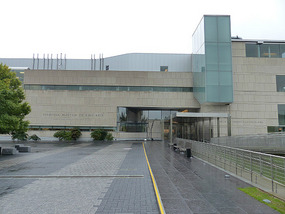
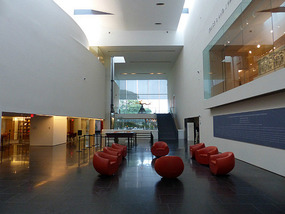

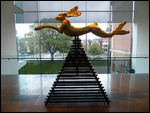
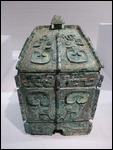
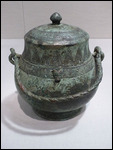
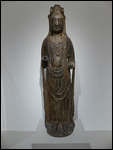

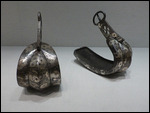
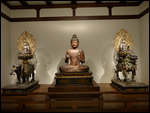
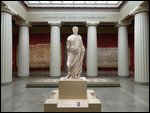
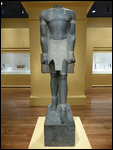

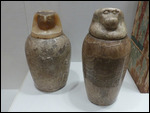
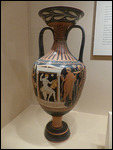
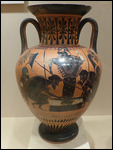
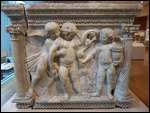

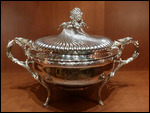
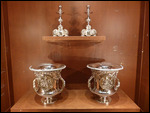

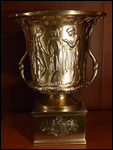
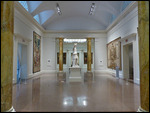
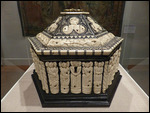
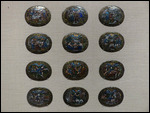


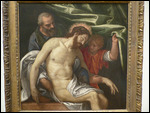

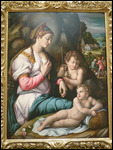
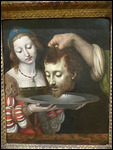
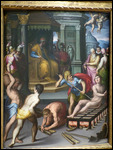
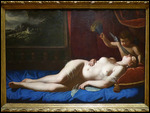
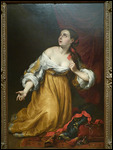
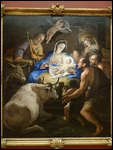
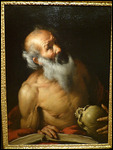
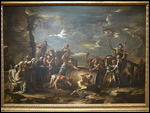
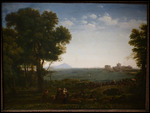
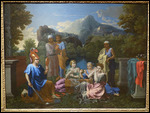
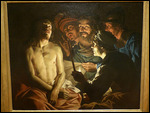

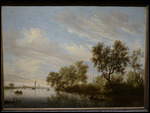

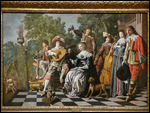
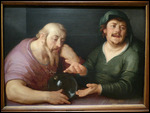
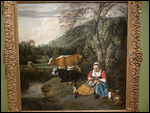
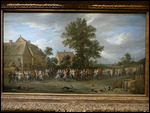

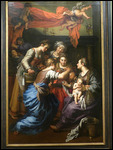
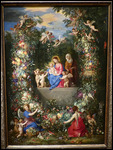
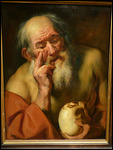
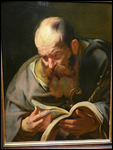
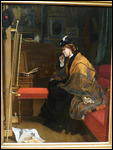
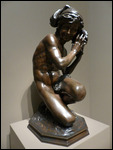
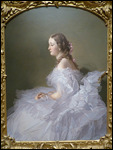
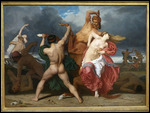
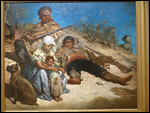
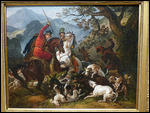
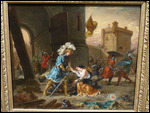
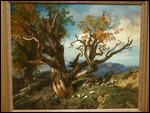
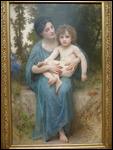
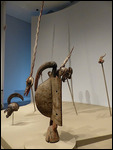

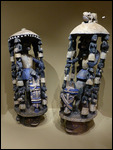
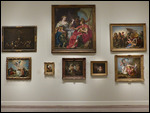
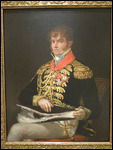
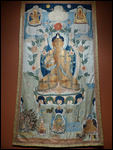
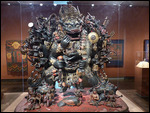
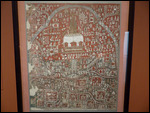
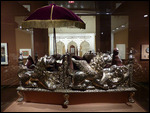
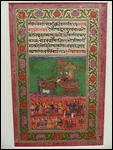
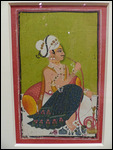
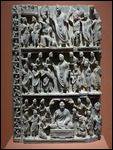
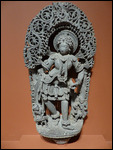
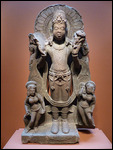

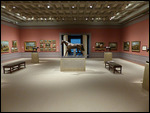
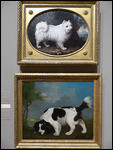
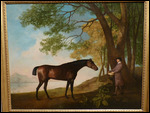
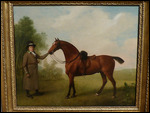
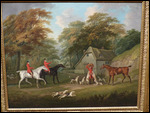
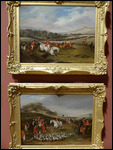
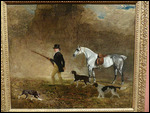
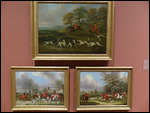
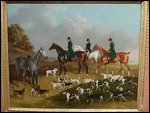
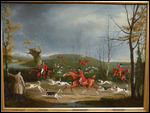
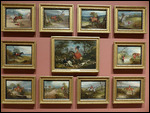
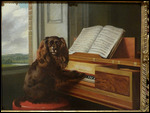
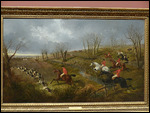
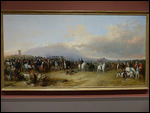
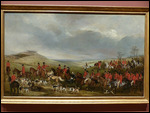
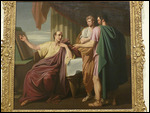
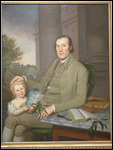
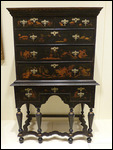

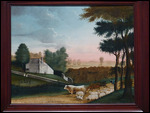

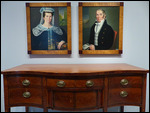

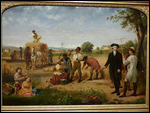
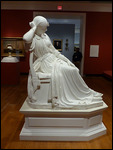
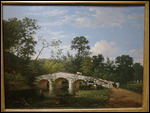
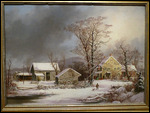
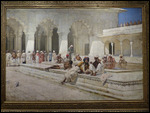
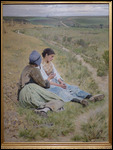
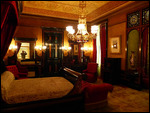
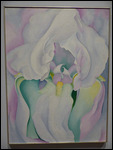
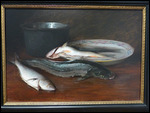
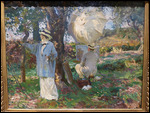

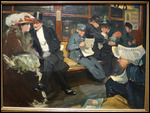
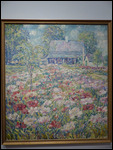
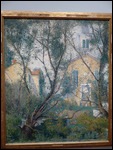
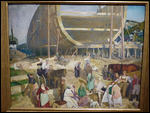
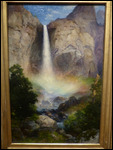
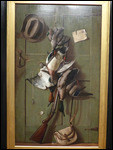
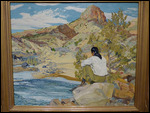
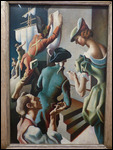
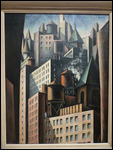

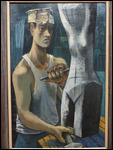

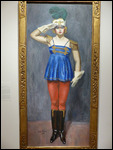
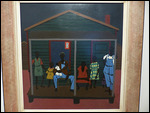
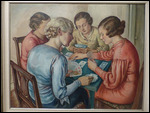

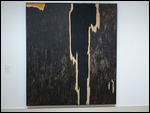
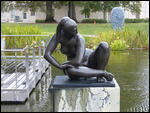
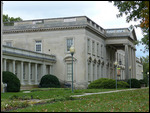
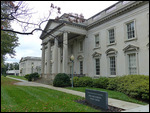
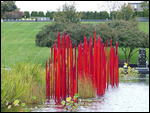
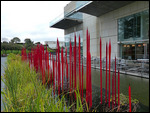
2025-05-23